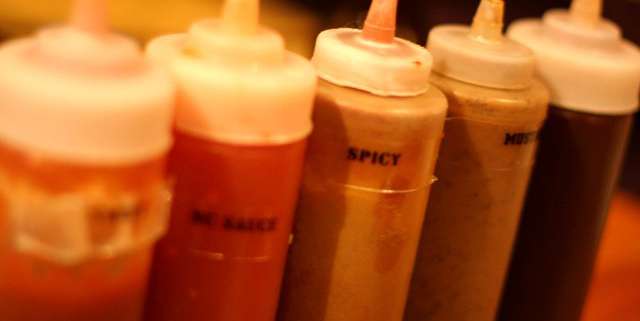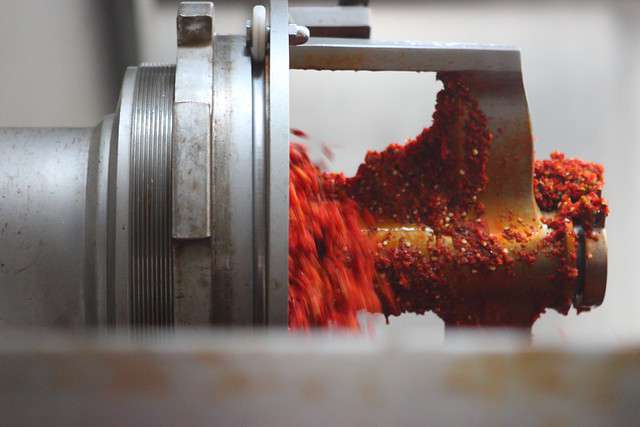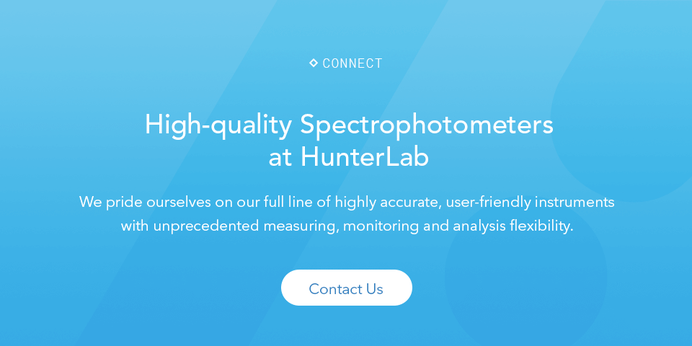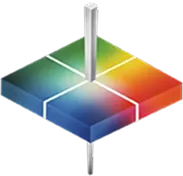There are many variables that affect final product color and these changes occur throughout different stages of production. Monitoring color throughout production helps eliminate errors and allow for adjustments in color to be made early on. Image Source: Flickr user Justin Ennis
Overcoming Challenges in Color Appearance
Consumers judge food products by the way they appear since the ability to taste before buying is rarely an option. Condiments and sauces are often packaged in transparent containers specifically for this reason, as purchasing decisions are often based primarily on visual appeal. Final product color changes are extremely challenging, which is why continual color monitoring throughout each stage of production can limit color variations and allow for changes to be made early in the processing system.
Changes in desired color are attributed to other variables as well, such as temperature changes during transport and storage. Color measurement instrumentation can be used to monitor color stability and packaging flaws to safeguard products from failure at a later stage. Spectrophotometers offer the versatility to take multiple sample readings both accurately and efficiently throughout all stages of production in order to maintain the desired product color. As the versatility of this technology continues to advance, the level of quality in the condiment industry continues to increase as well.
The Versatility of Spectrophotometric Technology
Sauces and dressings come in a wide array of colors and consistencies, ranging from opaque to translucent in color with various levels of viscosity throughout. Understanding the proper measurement techniques for each of these variations is important in obtaining accurate results. With many options available, it is crucial to select the right instrumentation for each specific industry need.
HunterLab is a leading name is spectrophotometric technology in the food industry, with specialty options that are designed to measure both sauce and dressing color. Many major global brands rely on our spectrophotometers to provide affordable and reliable color measurement solutions. To learn more about the HunterLab difference, please contact us today.






